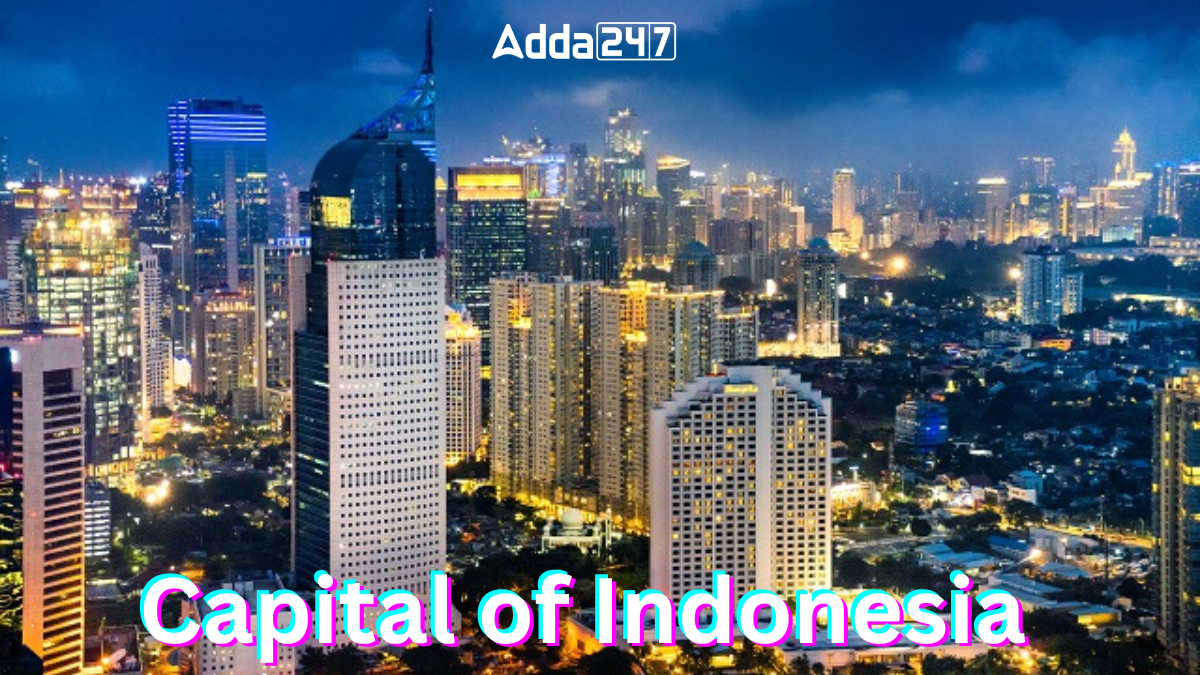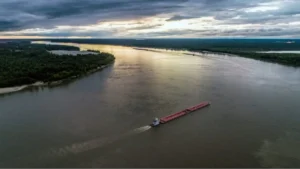Jakarta, the sprawling metropolis situated on the northwest coast of Jawa, stands as the capital of Indonesia. Nestled at the mouth of the Ciliwung River on Jakarta Bay, it serves as the political, economic and cultural heart of the nation. Coextensive with the special capital district of Jakarta Raya, the city encompasses a diverse landscape, from low, flat alluvial plains to historically swampy areas. As a major trade and financial center, Jakarta has undergone significant growth and development since its official establishment as the capital in 1949.
Capital of Indonesia – Historical Background
Jakarta’s history dates back to the 5th century, with official records starting in 1527 when the city was called Jayakerta. Dutch colonization in the 17th century led to the establishment of Batavia as the capital of the Dutch East Indies. The city underwent modernization in the 20th century and in 1949, after gaining independence, it became Jakarta. Economic and political shifts marked the post-independence era, with significant growth in the 1950s and challenges in the late 20th century, including the Asian financial crisis of 1997-98.
Indonesia’s Capital – Geography and Climate
The city’s landscape is characterized by low-lying plains and occasional flooding during the rainy season. Jakarta’s proximity to the Java Sea brings tropical and humid conditions, with temperatures ranging between 75 and 93°F (24 and 34 °C) annually. The rainy season, with an average rainfall of more than 67 inches (1,700 mm), poses challenges such as floods. Sea winds moderate temperatures, but the city, like many urban centers, grapples with air and noise pollution.
Jakarta’s City Layout and Architecture
Originally planned by the Dutch but influenced by British design, Jakarta’s layout combines large squares like Medan Merdeka and tree-lined streets. The city showcases a blend of architectural styles, from traditional Kampong houses to modern high-rises concentrated in the financial district. Historical sites include the National Monument (Monas), Istiqlal Mosque and colonial-era buildings around Kota.
The Capital of Indonesia – Population and Growth
Since 1940, Jakarta’s population has scored, shaped by immigration and natural increase. The city’s cosmopolitan makeup includes various ethnic groups, with significant Javanese, Chinese and Arab Communities. Housing is diverse, from traditional Kampongs to modern apartment buildings, reflecting the city’s rapid urbanization.
Economy of Jakarta
Jakarta plays a multifaceted role in Indonesia’s economy, serving as the national capital, an administrative center and a significant industrial hub. Manufacturing includes iron foundries, margarine and soap factories and automotive products. The city’s financial sector, concentrated in the central business district, contributes to roughly two-thirds of Indonesia’s banking and financial activities.
Administration and Governance of Capital of Indonesia
Formally designated as a special metropolitan district, Jakarta functions as an administrative entity equivalent to an Indonesian province. The city is divided into five administrative municipalities, each overseen by a mayor. The municipal government, comprising executive and electorate branches, manages local administration and coordinates with national government ministries.
Infrastructure and Services
Public Utilities, including electricity and gas, are operated or owned by the Indonesian government. The municipality is responsible for water supply, waste removal and sanitation services. Jakarta serves as a hub for health facilities, with numerous hospitals and clinics catering to the city’s diverse population. The education system ranges from elementary schools to universities, with the University of Indonesia being a prominent institution.
Indonesia’s New Capital
Indonesia’s President, Mr. Widodo, has announced a strategic plan to relocate the country’s capital from Jakarta to Borneo. The proposed city, named “Nusantara” after an ancient Javanese term meaning “archipelago,” is set to be developed from the ground up, featuring the construction of government facilities and residential areas. Embracing the “forest city” concept, a significant 65% of the new capital’s area will be dedicated to reforestation efforts, which is expected to be inaugurated on August 17, 2024.
An Overview of Indonesia
- Capital – Jakarta
- Official Language – Indonesian
- Regional Languages – Over 700 languages
- Area – 1,904,569 sq. km
- Currency – Indonesian Rupiah (Rp)
- Current President – Joko Widodo
- Government – Unitary Presidential republic
Find More General Studies News Here




 Which City is known as the Christmas Cap...
Which City is known as the Christmas Cap...
 Do You Know Which Spice is Known as the ...
Do You Know Which Spice is Known as the ...
 Which River is Known as the Old Man Rive...
Which River is Known as the Old Man Rive...







